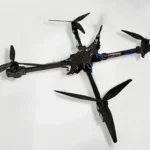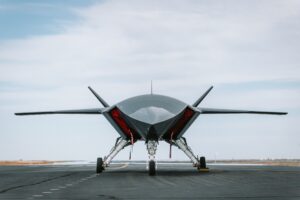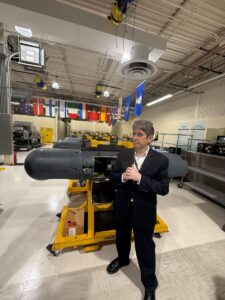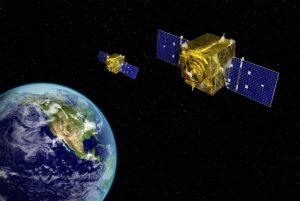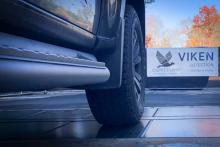
New non-intrusive inspection (NII) systems that Customs and Border Protection (CBP) is beginning to deploy at land ports of entry to scan passenger vehicles as they are entering the U.S. at a primary inspection lane for the most part are not providing a full vehicle scan, the House Appropriations Committee says in a report accompanying their markup of the fiscal year 2024 spending bill for the Department of Homeland Security. The report says only one-third of the low-energy portals (LEPs)…

 By
By 

